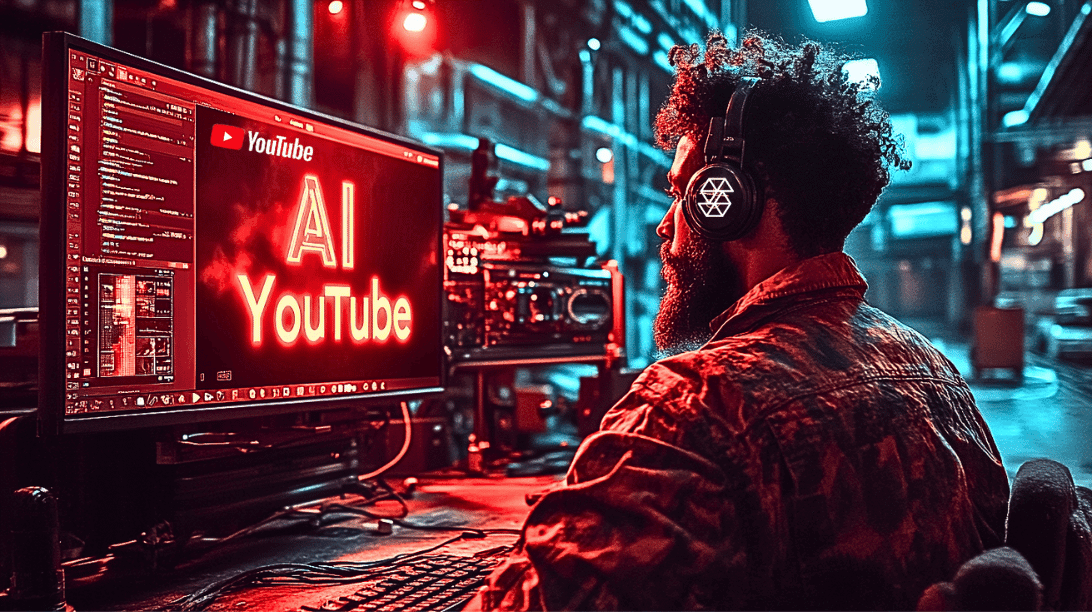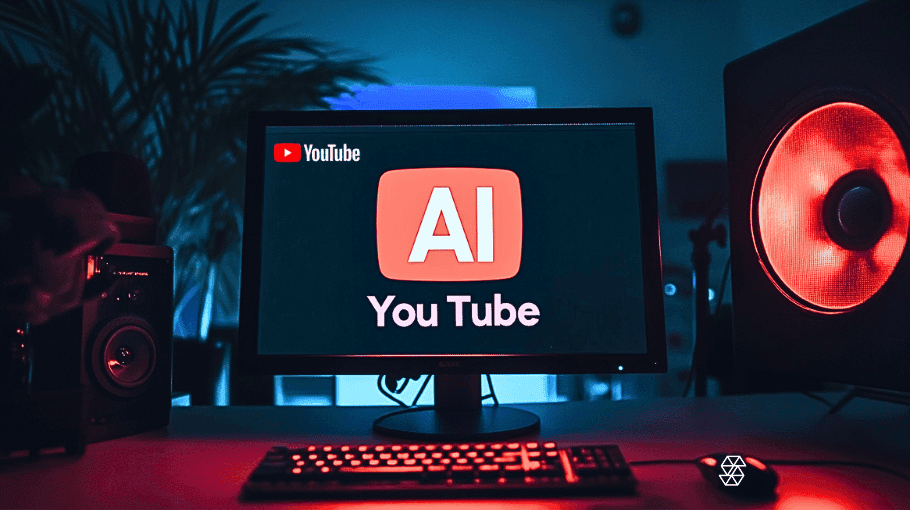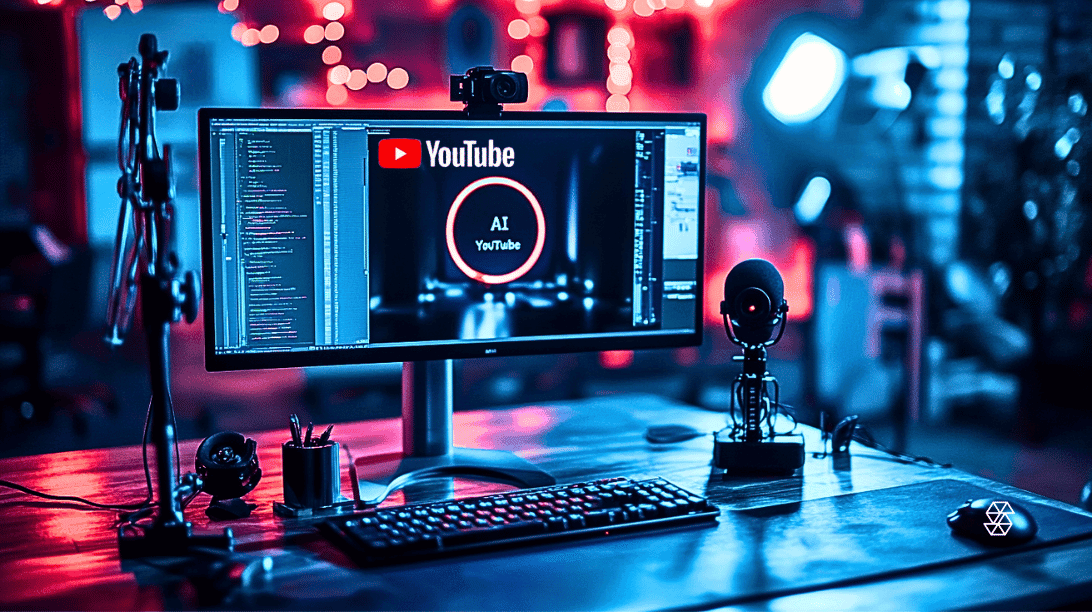How a Director Used Text-to-Video to Generate an Award Winning Film
In the ever-evolving world of film and media, the concept of text-to-video generators is ushering in a new era of cinematic creativity. These innovative tools, powered by advanced artificial intelligence, are transforming simple textual descriptions into vivid visual narratives.
While the initial strides in AI artistry were marked by the creation of images from textual prompts, the technology has now leaped forward, enabling the generation of entire video sequences from text. This shift from text-to-image to text-to-video is not just a technological marvel but also a testament to the limitless potential of AI in reshaping the landscape of filmmaking.
Glenn Marshall’s Journey with Text-to-Film
Meet Glenn Marshall, a visionary computer artist who has been at the forefront of integrating AI into the realm of film. His prowess in blending technology with artistry was recognized last year when he clinched the Jury Award at the prestigious Cannes Short Film Festival for his groundbreaking AI film, "The Crow".
This wasn’t Marshall’s first foray into AI-driven filmmaking. He had previously captivated audiences with an AI-generated music video for Daft Punk. However, "The Crow" was distinct in its approach and execution. Instead of relying solely on AI for visual generation, Marshall combined traditional filmmaking techniques with AI, resulting in a mesmerizing blend of human creativity and machine precision.
The film stands as a testament to the harmonious fusion of human artistry and generative AI, setting a benchmark for future endeavors in the domain of AI in film.
The Making of “The Crow”
"The Crow" is not just a product of AI’s imagination but is deeply rooted in a foundational film that served as its visual reference. This underlying film showcased a dancer draped in a black shawl, gracefully moving and capturing the essence of a crow’s flight. The dancer’s movements, reminiscent of the bird’s natural elegance, provided the AI with a visual context to interpret and reimagine the given prompt.
To bring his vision to life, Marshall employed the power of CLIP, a cutting-edge neural network developed by OpenAI. This neural network was fed a seemingly simple yet evocative prompt: "a painting of a crow in a desolate landscape". With this prompt, the AI was set on a task to interpret and generate visuals that would align with the description.
However, the magic truly unfolded when the AI began processing the dancer’s movements from the reference film. Drawing inspiration from the dancer’s crow-like motions, the AI intricately wove the visuals to create a desolate landscape where the dancer, transformed into a crow-like figure, became the central focus.
The resulting film was a mesmerizing blend of the dancer’s fluidity and the AI’s interpretation of a crow, set against a hauntingly beautiful backdrop. The choice of the underlying video, combined with the capabilities of generative AI, culminated in a cinematic masterpiece that blurred the lines between human creativity and machine-generated art.
https://www.youtube.com/watch?v=pK7AGfBtw1Q&t=0s
The Future of AI in Filmmaking
The realm of filmmaking is on the cusp of a revolution, with AI technologies like text-to-video generators leading the charge. Glenn Marshall, having tasted success with "The Crow", is already envisioning the next steps in his AI-driven artistic journey. One of his aspirations is to integrate 3D animation into his AI creations, adding another layer of depth and realism to the already captivating visuals.
But the potential of AI in filmmaking doesn’t stop there. With advancements in CLIP-guided video generation, directors and artists can provide detailed text-based directions to the AI. Current systems can be instructed with specifics like "a slow pan from the protagonist’s face to a setting sun" or "a bird’s eye view of a bustling city at dawn". Such precision in direction can allow for more intricate storytelling, where every camera movement, every angle, is meticulously crafted by the AI based on the artist’s vision.
The horizon looks even more promising when we consider the possibility of entire feature films being produced by text-to-video systems. While this might seem like a distant dream, the rapid advancements in AI and the success of short films like "The Crow" hint that this future might not be as far off as we think.
Marshall’s confidence in the potential of AI in filmmaking is further underscored by his belief that even current techniques have the potential for mainstream recognition. He envisions a future where AI-generated films like "The Crow" are not just novelties but contenders for prestigious accolades. In fact, Marshall believes that "The Crow" possesses the caliber to be submitted and recognized at esteemed platforms like the BAFTA Awards.
In essence, the fusion of AI and filmmaking promises a future where the boundaries of creativity are continually expanded, offering audiences experiences that are both novel and deeply resonant.






